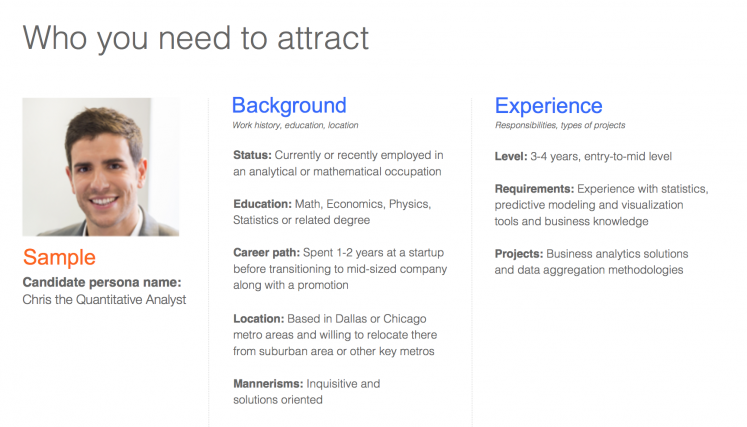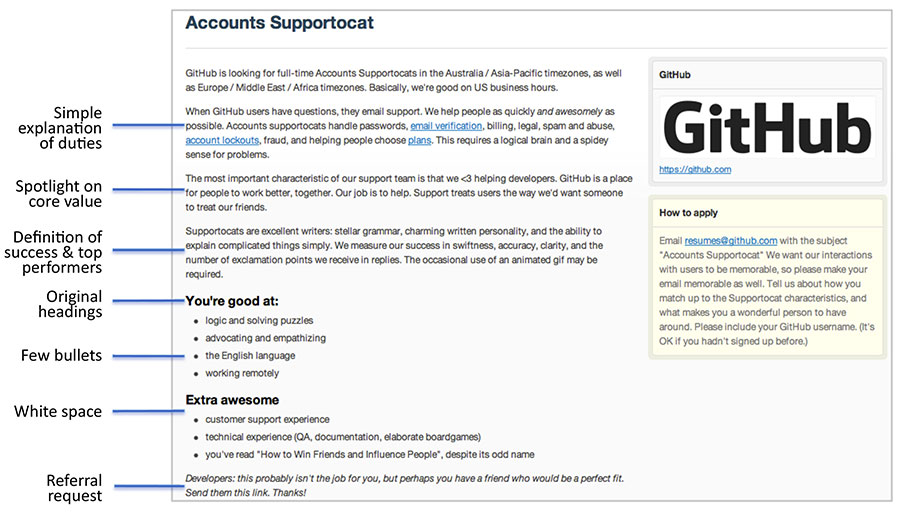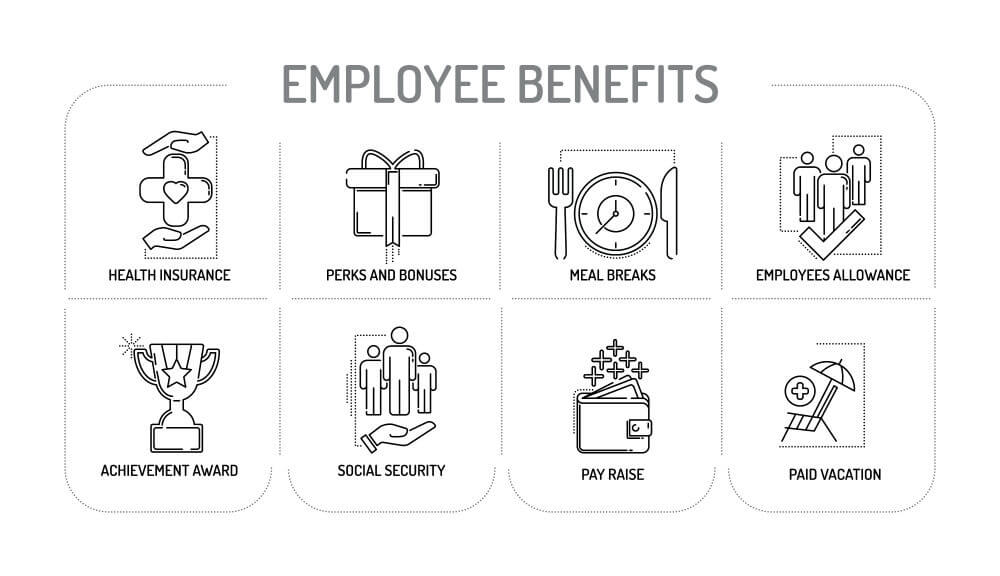
Job ads are crucial.
They may seem like a small part of the hiring process, but they’re what hook people’s interest when they’re browsing through jobs.
According to LinkedIn data:
Technology (Software) businesses have a higher application rate per view — 8.3% higher than average
However, this doesn’t paint the full picture. If that 8.3% isn’t suitable, what’s the point?
That’s why job ads shouldn’t only generate interest; they should generate the right interest.
What do we mean by that? People you want to apply to your ad.
Does it differ for startups, yes slightly. The process is the same, what you create will be different.
We’re going to show you the preparation secret of all successful job ads, and how to create one.
Simple and effective, yet often overlooked.
This is where your hiring manager or director comes in.
If they can’t give you a concrete job description of what they want, they need to go away and think again. Follow this advice of how to write a job description.
This is especially crucial for a startup, where roles are more likely to overlap, and duties could change from day-to-day.
Marketers always expect to be doing different tasks.
But if you sell the job as a content marketing executive and at interview the hiring manager is talking about PPC, you’re misleading yourself and the candidate.
We’ll repeat it — before you start, be clear on what you want
How to Hire Your First Marketer: A Guide for B2B Tech Startups
If you use buyer personas to determine what companies or people you want to attract to your business, you’ll know what we’re talking about.
If you don’t, here goes.
A candidate persona is a semi-fictional representation of the type of employee you want to attract to your business.
Questions your persona will answer:
Use your candidate personas to create your job ad, it’ll make the information targeted, and you’ll increase your chances of attracting the right marketers.

Again, clarity is the key word here. Because you know everything about your company, its structure and the job you’re advertising, it doesn’t mean candidates do.
For example, let’s consider that Zoom is a remote conferencing service that businesses use to connect with other businesses. They’re a global company.
Does everyone know about Zoom? No, of course they don’t.
So Zoom shouldn’t assume everyone has heard of them when they write a job ad.
The point is, if you’re a startup, there are going to be more people that don’t know you than do know you.
To be successful, you have to emphasise the following:
The tricky part is relaying all that information with succinct, intriguing copy.
Here are some must-haves in your job ad:
Talk about your company, your product, what you want from a marketer, what you don’t want; as well as their day-to-day and main responsibilities.
Also, be clear about what extra duties they’ll be expected to carry out. For example, if they’re a social media executive, but they may need to write blogs, tell them.

No salary range is an immediate turn-off, and it can be tempting for startups to conceal this information if you aren’t paying at the market level.
However, I’m pretty sure we’ve all been looking at a job description and lost a little bit of trust when the pay scale isn’t there.
If you want to establish yourself as an honest, straightforward company, include it.
Also, failing to disclose salary range will mean you end up with marketers with varying quality levels.
As a startup, part of the battle is convincing marketers to join your company. Free fruit, cycle to work schemes and Perkbox are all common but aren’t likely to blow anyone away.
Can you offer anything unique that’ll set you apart from the competition? You could offer marketers a technology budget, so they’re always up-to-date with the latest software.

This may be difficult to determine for a startup’s marketing department, and things may change.
If you want to persuade marketers to join your company, you need to give them something to aim for.
Marketers need to feel like they’re making a step up — they’re ambitious folk.
Brief description of what the job is. It needs to be short and sweet, delivers a punch, hooks your candidate and contains all the relevant information.
Starting your job ad with ‘we’re a new technology company who are looking for a technology marketer to join our team’ is hardly inspiring, is it?
How can you generate interest?
Here’s a quirkier example:
We’re a SaaS company with a difference. Are you a marketing executive who wants to make a difference?
“DreamScape is helping me achieve my dreams, not my goals.” — one of our lovely employees.
Cool. We need some help with our marketing. Please.
This style and tone won’t suit all tech companies, but it’s better than using the first example.
Describe who you are, what you stand for, and why your company is a great place to work. Keep it short, powerful and persuasive. Don’t list four paragraphs about how you sat in your mum’s basement for three years perfecting the product.

See above.
Use your candidate persona to describe what your ideal candidate looks like. Their values, goals, personality traits and skills.
Ensure the applicant knows what is going to happen next. For example, how long will it be until they hear from you? Will they hear from you? When are interviews being held?
Give your candidates one more push to apply. You could add a benefit that you hadn’t added in the benefits section (presuming candidates scroll that far) or give them a statistic or a quote from an employee.

Hiring? Market Recruitment is a leading recruitment agency for B2B tech startups. Contact us here to find out more.
Subscribe to our fortnightly newsletter to hear about our latest podcasts, blogs, career advice & jobs.